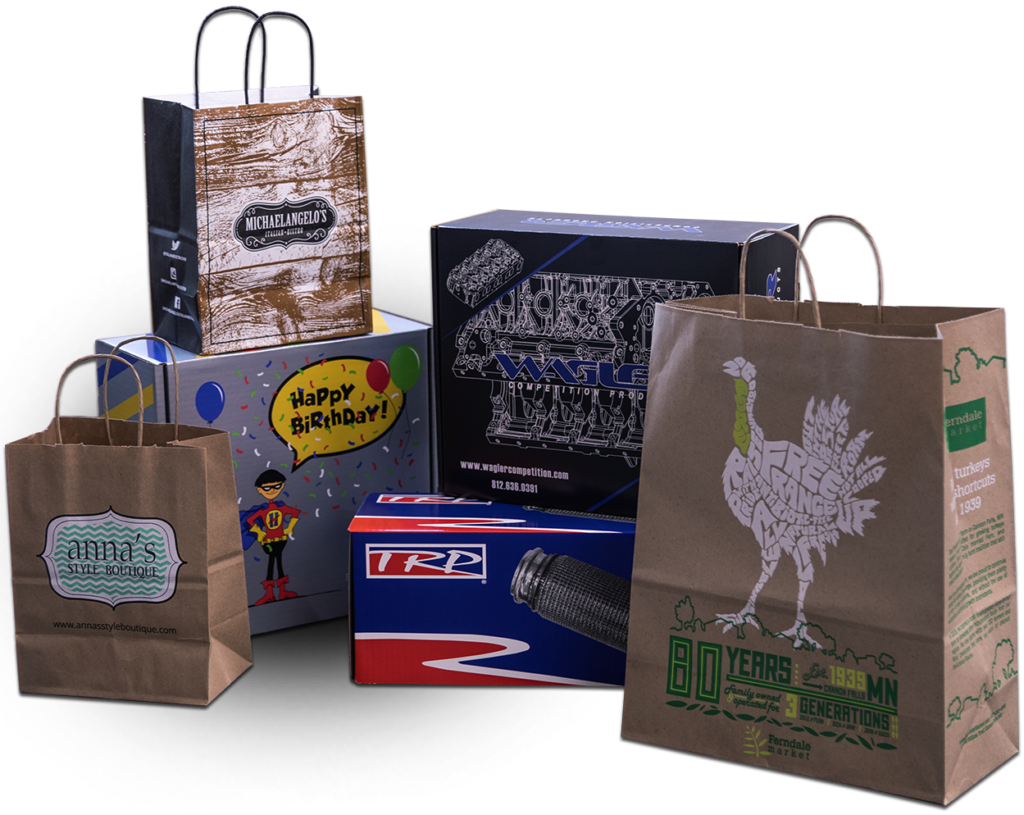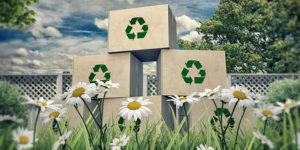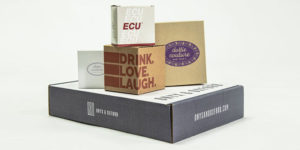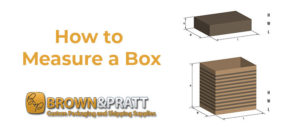We use cardboard boxes in our day to day life without even realizing that we do. From cereal to shoes, there are countless products that are sold and shipped in cardboard boxes. If you buy something online, it’s very likely that the product would arrive to your doorstep in a cardboard box. In fact, 90% of all the products shipped across the U.S are encased in cardboard boxes.
This is a big concern because cardboard is made from trees. Thankfully, these boxes are recyclable. Let’s take a look at the journey of cardboard boxes, right from the beginning.
Beginning
Trees are used in the manufacture of cardboard so they’re the best place to start. They’re cut down and transported to the paper mill where a machine and chemicals are used to reduce them to a pulp. This stage produces paperboard and corrugated cardboard. The outer layer of the cardboard box is made from the pulp of softwood. They’re smooth and flat. The inner layer, which is called the fluting, is made using the corrugated machine.
Designing
After the base materials are manufactured, it’s time to put the box together. The different materials are pressed and glued together to make a box. The smooth and flat layer is on both sides while the fluting is in the middle. After that process, the flaps and the hand holes are trimmed. These boxes are made in different sizes, according to the needs of the customer.
After the design process is completed, the boxes are packed up and shipped to the customers for use. These include online retailers, moving companies, traditional retailers, etc.
Recycling
After the boxes are used and reused as much as they can be, they’re sent for recycling. Your local recycling center would accept almost all kinds of cardboard boxes. The process is very simple:
- All the materials that need to be recycled are gathered.
- At the recycling center, the cardboard is broken down and the corrugated board is separated from the boxboard.
- The materials are then soaked in a mixture until the fibers break down and form a pulp.
- Any foreign contaminants or dies are filtered from the mixture and removed.
- The remaining pulp is then mixed in with the freshly made virgin pulp and used to make solid sheets.
It’s always better to reuse before you recycle. You can do it in many ways like using boxes for organization, for arts and craft, in your gardens, etc. You’ll help the environment if you reuse and recycle your cardboard boxes.






